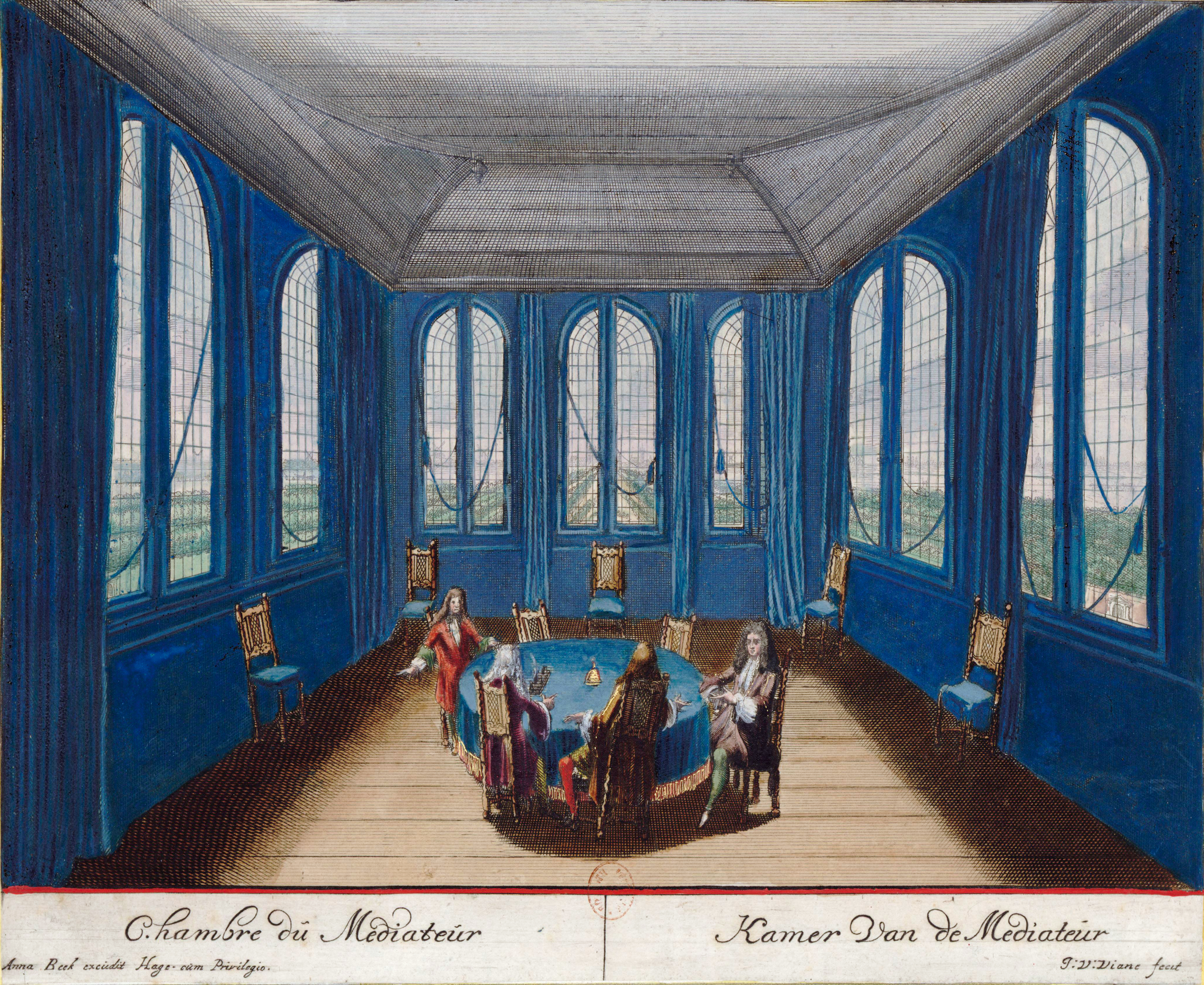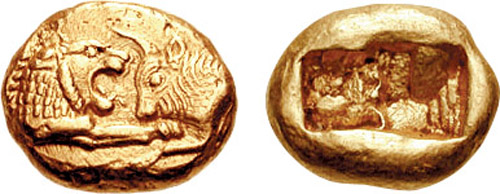|
Treaty Of Malmö (1512)
The Treaty of Malmö (Swedish: ''Freden i Malmö),'' actually consisted of two and a quarter peace treaties that were all signed on 23 April 1512, bringing an end to the second Dano-Swedish War. The first treaty included the King of Denmark, John (Danish: ''Hans'') and Sweden. The other treaty dictated peace terms between the same king and the Free City of Lübeck. The rest was a formal demand to King Louis XII of France to settle his disputes with Pope Julius II. The original peace treaties are preserved in entirety at the Danish National Archives in Copenhagen and at the Public Library of Lübeck. The French envoy Pierre Cordier's original report documenting his visit can be found in Malmö and at the public library in Besançon. The peace agreements Denmark-Lübeck/The Hansa The agreement between Denmark and Lübeck/The Hansa are written in Low German. It contains 17 points, the most important ones are listed here: * The damages suffered by both parties shall be deemed ... [...More Info...] [...Related Items...] OR: [Wikipedia] [Google] [Baidu] |
Dano-Swedish War (1501–1512)
The Dano-Swedish War from 1501 to 1512 was a military conflict between Denmark and Sweden within the Kalmar Union. The war began with a Swedish and a Norwegian revolt against King Hans and the siege of Queen Christina in her castle in Danish-held Stockholm. 1501 to 1504 On 1 January 1501, Swedish Regent Sten Sture the Elder and the Swedish National Council met in Vadstena Castle, at which the council approved the revolt against King Hans, and declared the deposition of the king. Norwegian nobel Knut Alvsson was also there and directed harsh accusations against King Hans' control in Norway and was provided Swedish support for his return to Norway. Sten Sture besieged Tre Kronor Castle in Stockholm from September 1501 until 6 May 1502. The kings wife, Queen Christina was the commander of the castle. This was one of the hardest sieges known during the Kalmar Union, during which a garrison of 1000 men was reduced to 70 out of plague and starvation. In August 1501 a Swed ... [...More Info...] [...Related Items...] OR: [Wikipedia] [Google] [Baidu] |
Business Mediator
Mediation is a structured, voluntary process for resolving disputes, facilitated by a neutral third party known as the mediator. It is a structured, interactive process where an independent third party, the mediator, assists disputing parties in resolving conflict through the use of specialized communication and negotiation techniques. All participants in mediation are encouraged to participate in the process actively. Mediation is "party-centered," focusing on the needs, interests, and concerns of the individuals involved, rather than imposing a solution from an external authority. The mediator uses a wide variety of techniques to guide the process in a constructive direction and to help the parties find their optimal solution. Mediation can take different forms, depending on the mediator's approach. In facilitative mediation, the mediator assists parties by fostering communication and helping them understand each other's viewpoints. In evaluative mediation, the mediator may a ... [...More Info...] [...Related Items...] OR: [Wikipedia] [Google] [Baidu] |
James V
James V (10 April 1512 – 14 December 1542) was List of Scottish monarchs, King of Scotland from 9 September 1513 until his death in 1542. He was crowned on 21 September 1513 at the age of seventeen months. James was the son of King James IV and Margaret Tudor, daughter of Henry VII of England. During his childhood Kingdom of Scotland, Scotland was governed by regents, firstly by his mother until she remarried, and then by his first cousin once removed, John Stewart, Duke of Albany. James's personal rule began in 1528 when he finally escaped the custody of his stepfather, Archibald Douglas, 6th Earl of Angus. His first action was to exile Angus and confiscate the lands of the Clan Douglas, Douglases. James greatly increased his income by tightening control over royal estates and from the profits of justice, customs and feudal rights. He founded the College of Justice in 1532 and also acted to end lawlessness and rebellion in the Anglo-Scottish border, Borders and the Hebrides. ... [...More Info...] [...Related Items...] OR: [Wikipedia] [Google] [Baidu] |
Peace Treaties Of Sweden
Peace is a state of harmony in the absence of hostility and violence, and everything that discusses achieving human welfare through justice and peaceful conditions. In a societal sense, peace is commonly used to mean a lack of conflict (such as war) and freedom from fear of violence between individuals or groups. Promotion of peace is a core tenet of many philosophies, religions Religion is a range of social- cultural systems, including designated behaviors and practices, morals, beliefs, worldviews, texts, sanctified places, prophecies, ethics, or organizations, that generally relate humanity to supernatural, t ..., and Ideology, ideologies, many of which consider it a core tenet of their philosophy. Some examples are: religions such as Buddhism and Christianity, important figures like Mahatma Gandhi, Gandhi, and throughout literature like "Perpetual Peace: A Philosophical Sketch" by Immanuel Kant, "Morihei Ueshiba, The Art of Peace" by Morihei Ueshiba, or ideolog ... [...More Info...] [...Related Items...] OR: [Wikipedia] [Google] [Baidu] |
Hanseatic League
The Hanseatic League was a Middle Ages, medieval commercial and defensive network of merchant guilds and market towns in Central Europe, Central and Northern Europe, Northern Europe. Growing from a few Northern Germany, North German towns in the late 12th century, the League expanded between the 13th and 15th centuries and ultimately encompassed nearly 200 settlements across eight modern-day countries, ranging from Tallinn in Estonia in the east, Bergen (Bjørgvin) in Norway to the North to the Netherlands in the west, and extended inland as far as Cologne, Prussia (region), the Prussian regions and Kraków, Poland. The League began as a collection of loosely associated groups of German traders and towns aiming to expand their commercial interests, including protection against robbery. Over time, these arrangements evolved into the League, offering traders toll privileges and protection on affiliated territory and trade routes. Economic interdependence and familial connections am ... [...More Info...] [...Related Items...] OR: [Wikipedia] [Google] [Baidu] |
Peace Treaties Of Denmark
Peace is a state of harmony in the absence of hostility and violence, and everything that discusses achieving human welfare through justice and peaceful conditions. In a societal sense, peace is commonly used to mean a lack of conflict (such as war) and freedom from fear of violence between individuals or groups. Promotion of peace is a core tenet of many philosophies, religions, and Ideology, ideologies, many of which consider it a core tenet of their philosophy. Some examples are: religions such as Buddhism and Christianity, important figures like Mahatma Gandhi, Gandhi, and throughout literature like "Perpetual Peace: A Philosophical Sketch" by Immanuel Kant, "Morihei Ueshiba, The Art of Peace" by Morihei Ueshiba, or ideologies that strictly adhere to it such as Pacifism within a Political sociology, sociopolitical scope. It is a frequent subject of peace symbols, symbolism and features prominently in art and other cultural traditions. The representation of peace has taken ... [...More Info...] [...Related Items...] OR: [Wikipedia] [Google] [Baidu] |
1512 In Denmark
Year 151 (CLI) was a common year starting on Thursday of the Julian calendar. At the time, it was known as the Year of the Consulship of Condianus and Valerius (or, less frequently, year 904 ''Ab urbe condita''). The denomination 151 for this year has been used since the early medieval period, when the Anno Domini calendar era became the prevalent method in Europe for naming years. Events By place Asia * Mytilene and Smyrna are destroyed by an earthquake. * First year of Yuanjia of the Chinese Han dynasty. By topic Art * Detail from a rubbing of a stone relief in Wu family shrine (Wuliangci), Jiaxiang, Shandong, is made (Han dynasty). Births * Annia Galeria Aurelia Faustina, daughter of Marcus Aurelius * Zhong Yao, Chinese official and calligrapher (d. 230) Deaths * Kanishka, Indian ruler of the Kushan Empire * Novatus Saint Novatus (died c. 151) is an early Christian saint. His feast day is 20 June. Novatus and his brother, the martyr Timotheus, were ... [...More Info...] [...Related Items...] OR: [Wikipedia] [Google] [Baidu] |




